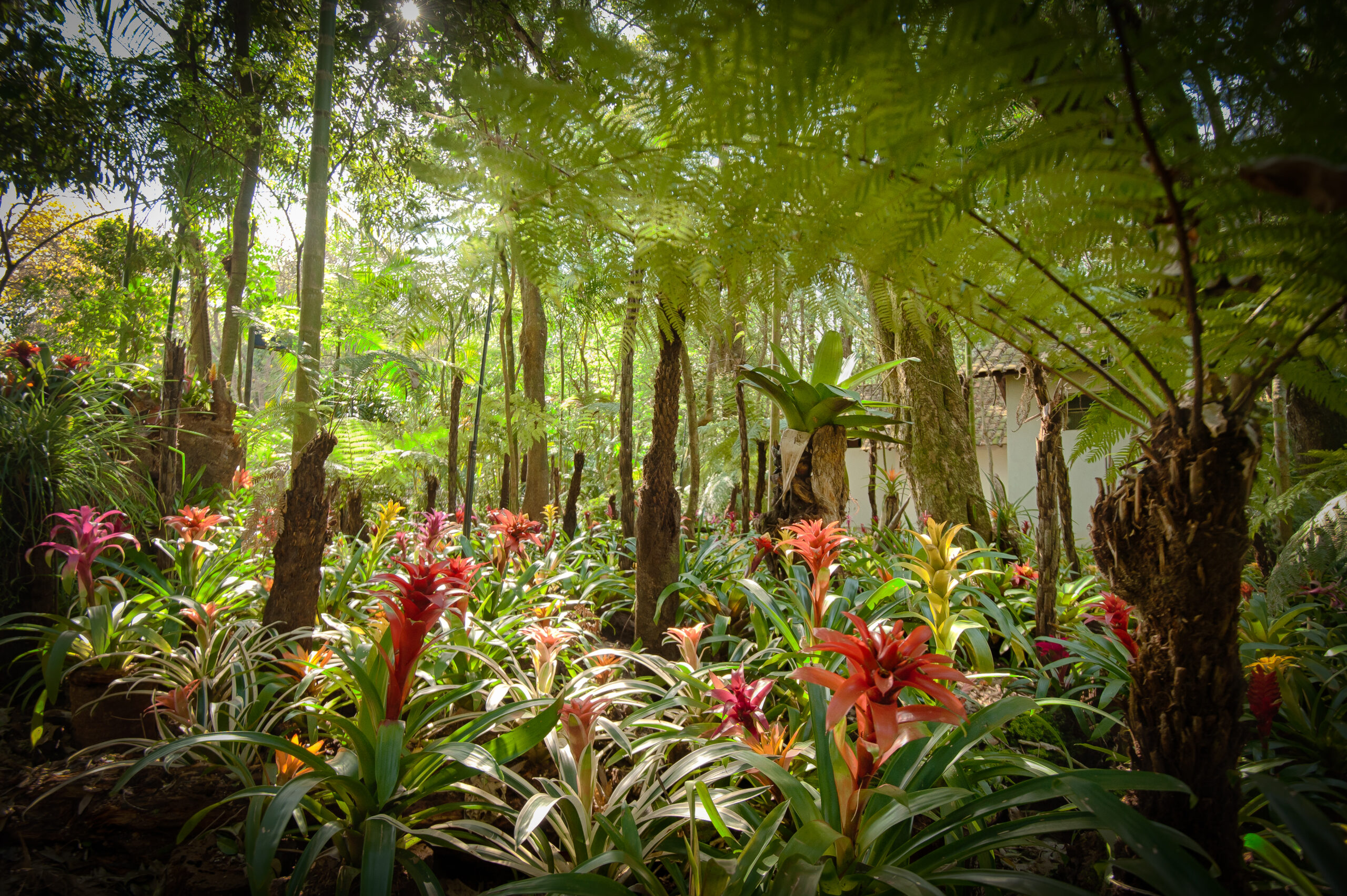Bromeliads and Mosquito Risks: Tips for Safe Tropical Gardening?
Bromeliads and Mosquito Risks: With their striking architectural forms and vibrant colors, bromeliads have become increasingly popular as houseplants and outdoor ornamentals in tropical and subtropical regions. These exotic beauties from the Americas are prized for their dramatic rosettes of leaves and unusual flowering structures. However, a common concern among gardeners and health officials alike is whether these plants pose a mosquito risk. This article examines bromeliads and mosquito risks, offering guidance on how to enjoy these stunning plants without creating pest problems.

Understanding Bromeliads and Their Natural Water Reservoirs
Bromeliads belong to a diverse family (Bromeliaceae) with over 3,000 species, including the familiar pineapple. What makes many bromeliads unique is their structure—many species form a natural cup or “tank” at the center of their rosette. In their native habitats, these tanks collect rainwater, creating a miniature ecosystem that provides hydration for the plant and habitat for various organisms, from bacteria to frogs.
This water-holding feature is what raises mosquito concerns. The standing water in bromeliad tanks can indeed become breeding sites for mosquito larvae, particularly in outdoor settings. Species like the Aedes aegypti mosquito—known for transmitting diseases such as dengue, Zika, and yellow fever—can utilize these natural water reservoirs to complete their life cycle.
The Real Risk: Context Matters
The actual mosquito risk from bromeliads depends on several factors:
Location: Indoor bromeliads pose virtually no mosquito risk, as adult mosquitoes would need access to the plants to lay eggs in the first place. The concern primarily applies to outdoor plants.
Local Mosquito Species: Not all regions have problematic mosquito species that readily breed in container habitats like bromeliad tanks.
Maintenance Practices: Well-maintained bromeliads are far less likely to become mosquito breeding grounds than neglected ones.
Number of Plants: A single bromeliad presents minimal risk, but large collections can create more potential breeding sites.
How to Enjoy Bromeliads Without Mosquito Problems
If you love bromeliads but worry about mosquitoes, these practices can help you maintain a beautiful, pest-free garden:
1. Flush Regularly
Perhaps the most effective prevention method is to flush bromeliad tanks with fresh water weekly. This simple practice washes away any mosquito eggs or larvae before they can develop. Use a watering can or hose to completely flush the central cup, ensuring old water is replaced.
2. Use Mosquito Bits or Dunks
Biological control products containing Bacillus thuringiensis israelensis (BTI) specifically target mosquito larvae without harming the plant or beneficial organisms. These products come as “bits” or “dunks” that can be placed in the plant’s water reservoir.
3. Add a Drop of Oil
For outdoor plants, a single drop of vegetable oil in each tank creates a thin film on the water surface that prevents mosquito larvae from breathing. Use sparingly, as too much oil can harm the plant.
4. Choose Non-Tank Varieties
Not all bromeliads form water-collecting cups. Species like Spanish moss (Tillandsia usneoides) and many other Tillandsias (air plants) don’t collect standing water and pose no mosquito risk.
5. Maintain Proper Drainage for Potted Bromeliads
Ensure that water doesn’t collect in saucers beneath potted bromeliads, as these can also become mosquito breeding sites.
6. Consider Indoor Growing
The simplest solution may be to grow bromeliads indoors, where mosquitoes aren’t an issue. Many bromeliad species thrive as houseplants with proper light and humidity.
Benefits That Outweigh the Risks
Despite potential mosquito concerns, bromeliads offer numerous benefits that make them worthwhile additions to gardens and homes:
Drought Tolerance: Once established, many bromeliads require minimal watering beyond what collects in their tanks.
Air Purification: Like many houseplants, bromeliads help filter indoor air of pollutants.
Low Maintenance: Most species require minimal care compared to more demanding tropical plants.
Unique Beauty: Few plants offer the dramatic architectural forms and exotic blooms of bromeliads.
Biodiversity Support: In outdoor settings, bromeliads can support beneficial wildlife like tree frogs and beneficial insects.
Conclusion: Responsible Bromeliad Cultivation
Bromeliads do present a potential mosquito breeding habitat, but with proper maintenance, this risk can be effectively managed. Regular flushing, biological controls, and thoughtful placement allow gardeners to enjoy these remarkable plants without contributing to mosquito problems.
If you live in an area with mosquito-borne disease concerns, taking extra precautions with water-collecting plants is prudent. However, with simple maintenance practices, there’s no reason to avoid these spectacular tropical plants. Their unique beauty and relatively low care requirements make them valuable additions to both indoor and outdoor spaces when managed responsibly.
By understanding how to properly care for bromeliads with mosquito prevention in mind, gardeners can enjoy these fascinating plants while being good neighbors and environmental stewards.


